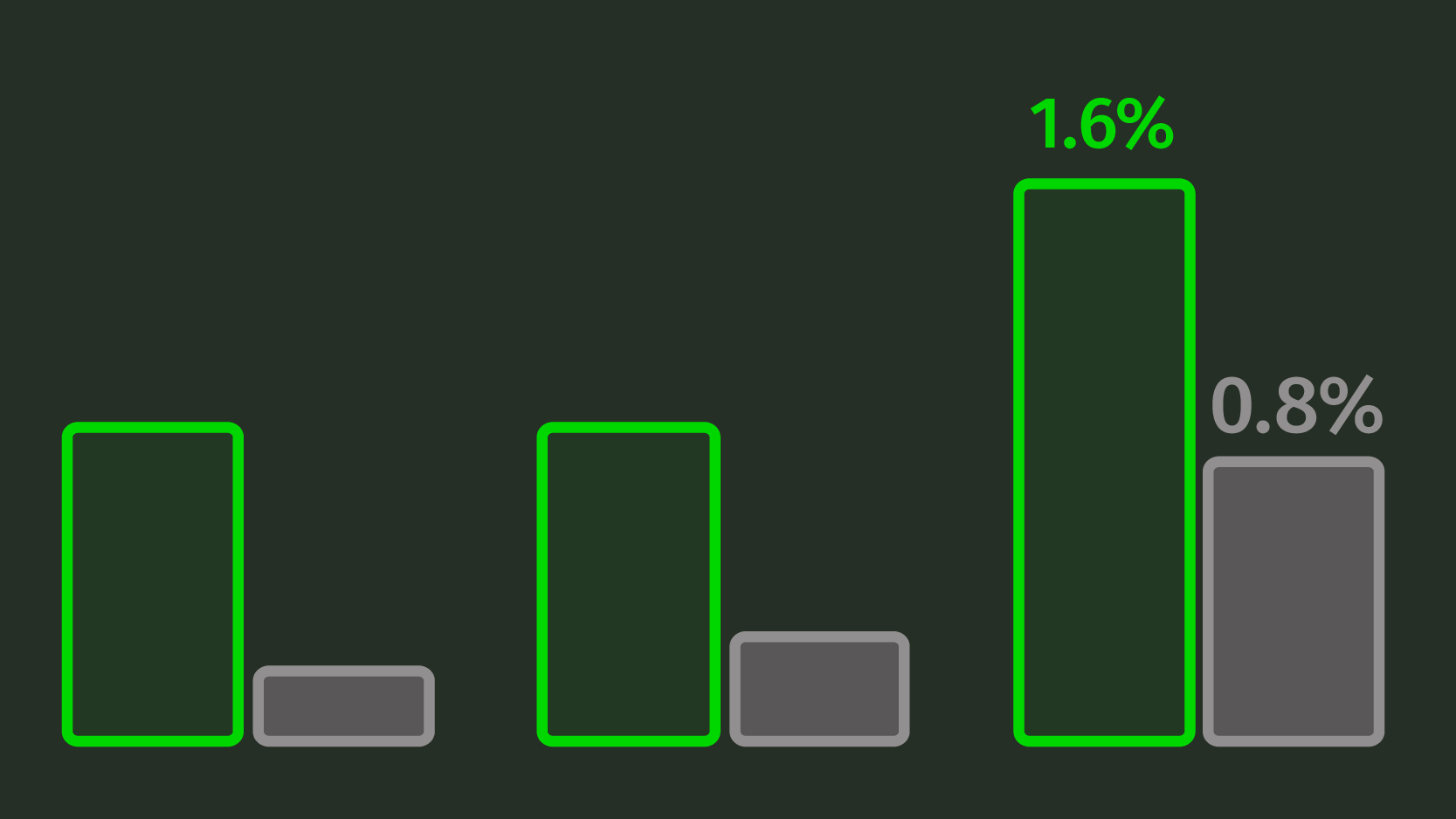GDP increased 2% in the last quarter of 2016
Over the past year, the Portuguese economy grew 1.4%. Yet, during the last quarter of 2016, GDP had a 2% homologous increase. The percentage was revised upwards regarding the flash estimate.
The Portuguese economy grew 2% in the last quarter of 2016, stated Statistics Portugal (INE) this Wednesday. The percentage was revised upwards in comparison with INE‘s flash estimate, which was 1.9%. However, the improvement in the percentage did not change the 1.4% growth for 2016: INE confirmed that the first semester was weaker than the six last months of 2016. The annual result exceeded the Government’s most recent expectations (1.2%) and also economists’ and the European Commission’s expectations, which was 1.3%. Nonetheless, it is still far from the first goal set by the Government of 1.8%.
When regarding 2016 as a whole, growth was lower than in 2015 (1.6%): last year, internal demand contributed less for a change in GDP. Consequently, imports decreased and net external demand gave a larger contribution to the 2016 growth than to 2015. The external balance of goods and services increased significantly — from 0.7% to the current 1.2% of GDP.
In the fourth quarter of 2016, GDP grew its highest rate since the second quarter of 2010, when it had a 2.5% homologous increase; this percentage means there was an acceleration in comparison to the 1.7% from the third quarter. INE explains this acceleration in GDP “was due to the increase of the domestic demand contribution from 1.1 percentage points in the third quarter to 2.5 percentage points, featuring an Investment upturn and a more intense increase of private consumption”. The acceleration of domestic demand means imports also increased; since imports grew more than exports, the result was a negative contribution of net external demand of 0.6 percentage points in the last quarter.

When making a quarter-on-quarter analysis, INE confirmed the 0.6% increase during the last quarter of 2016, as predicted in their flash estimate. The data concerning the previous quarters wes revised, although without a relevant impact for the annual results.




